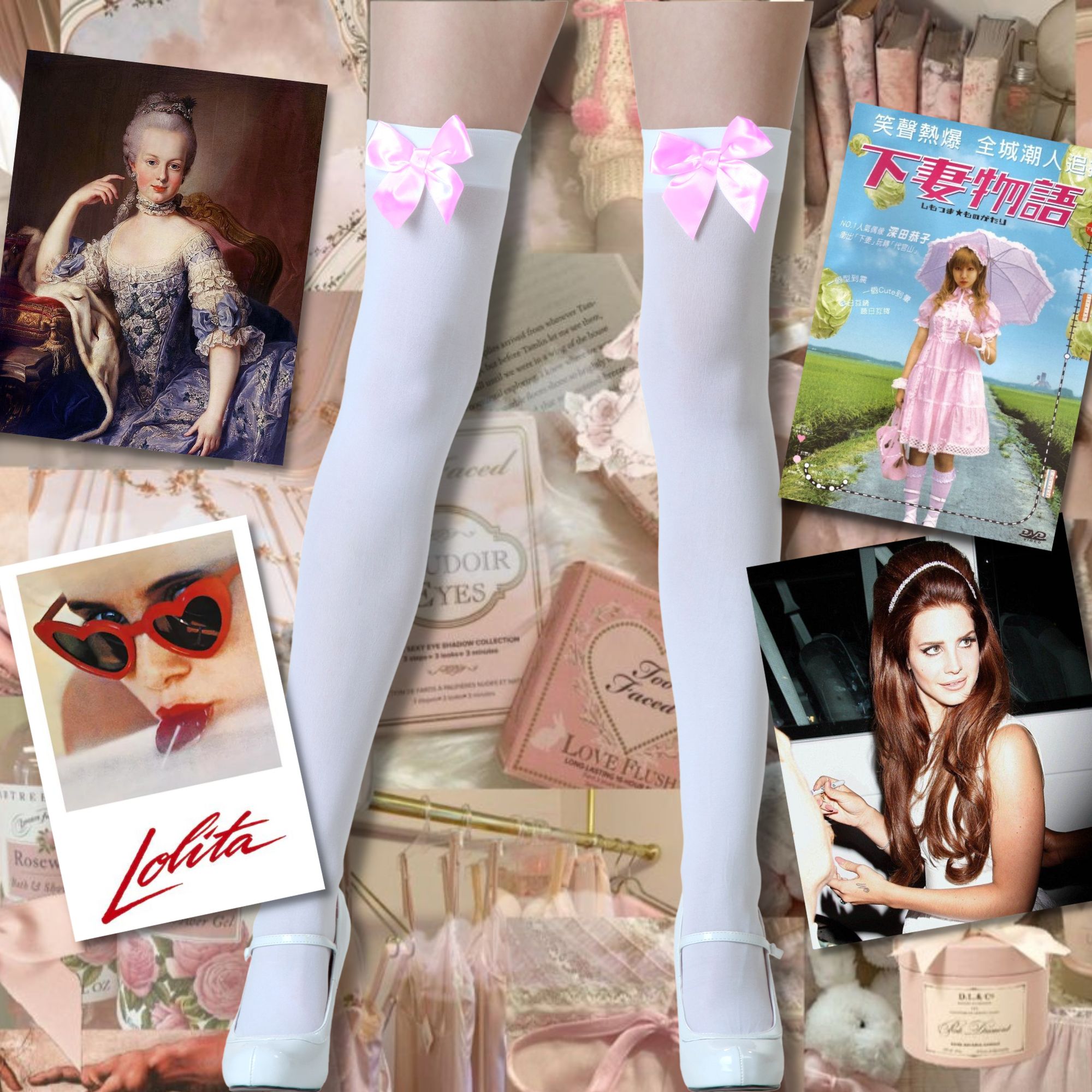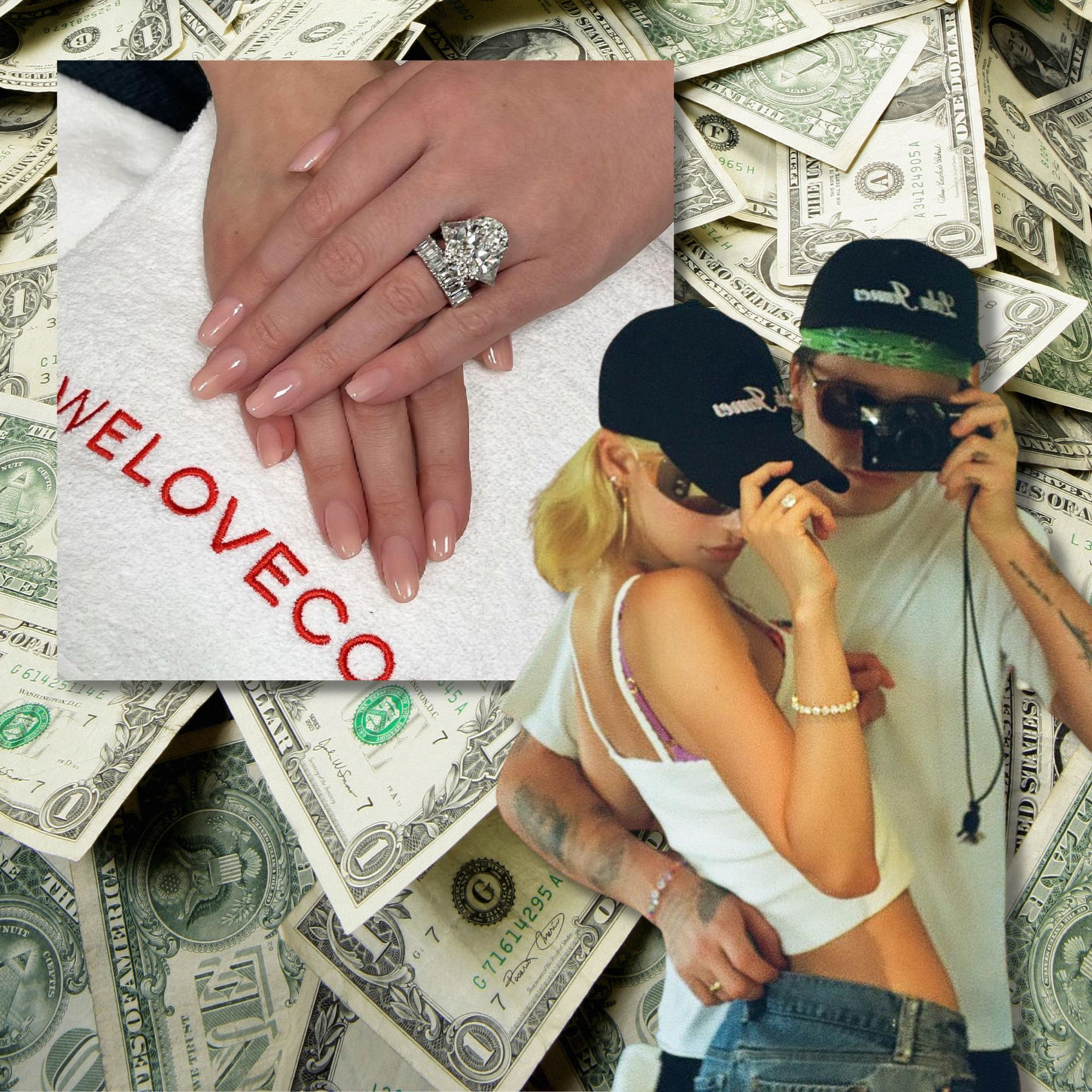
- POPSUGAR Australia
- Beauty
- Is TikTok’s Coquette Aesthetic “For You”? The Sweet, Sexy, Controversial Trend, Explained
Is TikTok’s Coquette Aesthetic “For You”? The Sweet, Sexy, Controversial Trend, Explained

The coquette hashtag appeared on our “For You” feeds around 2021 in a frisson of pastel pink frills and red lollipops. It’s now sitting on a comfortable #8.1 billion views, with #coquetteaesthetic on a more modest 1.7 billion. This makes it one of the most successful and enduring TikTok trends of the last three years. Unlikely many TikTok micro-trends, it’s successfully spilt from the platform into our shopping carts. Shoppable “how to get the look” articles have appeared in Vogue, Elle, Glamour and Seventeen, and it’s all over platforms like Pinterest.
But what is the coquette aesthetic? Tinged with controversy, the look that fuses Lana Del Rey with sexy-cursed-doll has been criticised for infantalising women and encouraging eating disorders. But it’s also been celebrated as a self-care-driven lifestyle and a positive antidote to toxic Tumblr-core trends and “Dark Bimbo” grunge aesthetics that overtly promote cigarettes and heroin chic. So, is it for any of us?
The Coquette Aesthetic Explained
“Coquette aesthetic” refers to a describes a dreamy, whimsical approach to fashion and beauty.
But, as indicated by the 8.1 billion views on #coquette, it’s a broad search term on the TikTok platform. From pooping like a coquette (tip: place a framed image of Lana Del Rey on the toilet lid, before throwing a pastel blue hair bow in the bowl), to interior design tips, studying like a coquette, and, of course, styling your outfits and applying your makeup in a coquette #coquette is more than a trend, it’s a lifestyle.
@coqxette Ew! Too gross! ? #foryoupage #foryou #coquette #lanadelrey #coquetteaesthetic #aesthetic #lanadelreyaesthetic ♬ original sound – <3
Where Did the Coquette Aesthetic Come From?

The coquette aesthetic is heavily influenced by Japanese “Lolita” street style and subculture. It’s a look that has been seen on the streets of Harajuku for decades. While it takes it’s name from Vladimir Nabakov’s 1955 pedophilic masterpiece “Lolita,” its aesthetic and philosophy are markedly different.
Japanese author Novala Takemoto’s 2002 novel Kamikaze Girls. Kamikaze Girls, is a novel that documents Japanese teen culture viewed through the lens of two high school girls Protagonist Momoko is a self-described Lolita and explains her philosophy this way: “I am a Lolita. I do not believe in growing up. No matter how old I get, I shall remain devoted to ruffles and frills.” She also describes the aesthetic philosophy: “Lolitas do not recognize any authority. They follow only the values they have chosen for themselves, regardless of what anybody might say.”
Related: Dark Bimbo Is the Sexy, Sinister Aesthetic You’re Seeing Everywhere
Coquette Controversy:
@coqxette It tasted expensive ?✨ #foryoupage #foryou #coquette #lanadelrey #coquetteaesthetic #aesthetic #lanadelreyaesthetic ♬ Venice – <3
The most unavoidable criticism of the coquette aesthetic is that it encourages disordered eating and, as with the Vanilla Girl aesthetic, idealises white bodies and culture. PolyesterZine, a culture podcast, pointed this out in their episode on the trend, calling out what they termed a “problematic subsection” coquette community on TikTok. They describe croquettes making “joke” and “everything I ate today” posts that feature non-food items and emaciated white bodies. Another TikToker @euph0riz reposts images circulated by TikTok croquettes of diet coke and bowls of strawberries. The header reads “the TikTok way of being coquette and beautiful.” She follows this with a slideshow of plus-size bodies, with “the real coquette and beautiful” written over it.
@polyesterzine This week on The Polyester Podcast we’re exploring the coquette trend and asking the question: harmless fun or something deeper? ? Listen now on your fav streaming platform or via the ?? #podcast #coquette #coquetteaesthetic #lanadelrey #picnicathangingrock ♬ Chopin Nocturne No. 2 Piano Mono – moshimo sound design
Coquette and Romanticism:
As evidenced by @euph0ri’s post, even those who are critical of the coquette trend want to engage in it. Its appeal for me lies in the dreamy interiority of the trend. Compared to Dark and Light feminine and Witchtok trends, which centre around monopolizing rather than rejecting the male gaze. Instead, coquette aesthetic posts consistently reference interior worlds and female iconography. They aestheticize and celebrate the hyper-personal from pooping, studying set-ups and bedroom inspiration and their mums.
@toravictoria Such an icon for me✨?? #coquette #dollette #coquetteaesthetic #coquetteaesthetic? #coquettemodel #coquetteitems #coquettestyle? #coquetteinterior #dolletteaesthetic #dolletteaesthetics #howtobecoquette #momfashioninspiration #momfashioninspo #marieantoinettestyle #marieantoinetteaesthetic ♬ original sound – EX7STENCE™
Momoko, of Kamikaze Girls, also references French rococo style dating back to the 1730s.
Marie Antoinette, the ill-fated Queen of France, was the ultimate Rococo It Girl. She famously built a reality rejecting coquette-approved cottage-core artificial farm in the palace of Versailles to escape the burdens of adult responsibility and her boring husband. While she may have maladaptively daydreamed too close to the sun, she does embody the coquette attitude to life.

Coquette feels like a way of life that embraces daydreams and rejects the exterior world. Seen in this context, its status as one of the most consistently popular aesthetic of the last three years is understandable. Since 2021, there’s been a lot for women and LGBTQI+ individuals to retreat from and reject, physically and philosophically.
Is It “For Us?”:
As noted by Nylon in February 2022, the modern coquette seems closely correlated with self-care, rather than sexualisation. It’s about “embracing one’s femininity instead of hyper-focusing on and sexualizing innocence. Ultimately, coquette is not just a trend but a lifestyle for many; it almost feels like you’re sending love letters to yourself daily.”
After all, as sweet as it is, it’s not in line with the Hailey Bieber girl-next-door icons, Kardashian sex bombs, and Gabriette-style bad girls who’ve dominated mainstream culture.
It’s as weird and uncanny as it is cute, and despite its darker elements, it is philosophically a commitment to joyfulness.
As Momoko says in Kamikaze Girls: “Snatching happiness takes a lot more courage than enduring unhappiness.”



